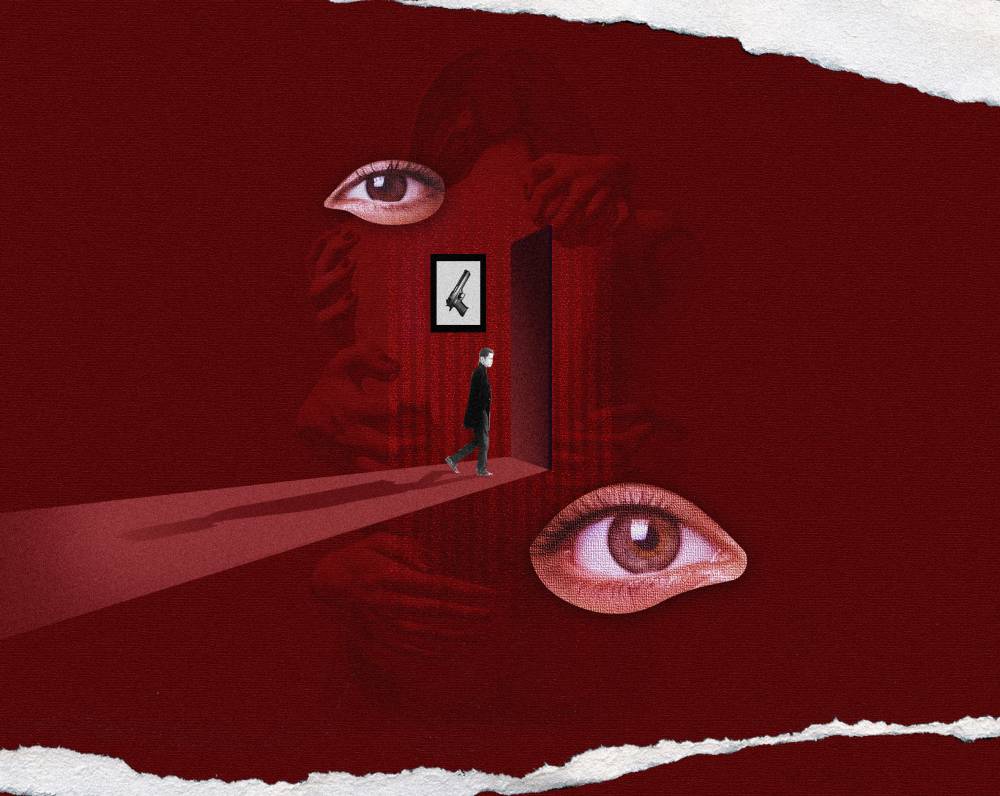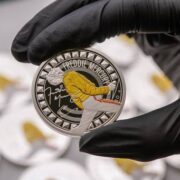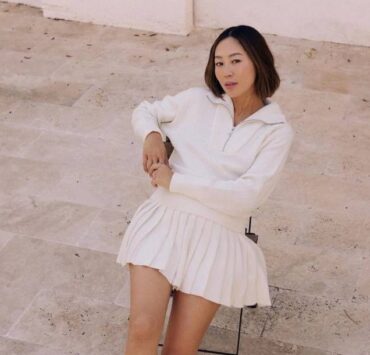Will suffer for art

Time was when squalor, poverty and disease were part of the clichéd struggling artist trope. The seedier the personal circumstances and the shabbier the state of the atelier, it seemed, the more “authentic” the art. Add to that an unpleasant personality, mental illness, a penchant for the bottle, a philandering eye, or just plain narcissism, and the mystique deepened even more. Basquiat was an addict, Van Gogh was a madman, Modigliani was tuberculosis-ridden alcoholic, Cézanne was aboor and a bastard, literally, Gaugin was an arrogant twat and a pedophile to boot, while Picasso was an all-around womanizing hijo de puta. But damn were they talented.
So, how crucial is suffering to art? With the rise of the superstar artist comfortably ensconced in bourgeois splendor—Jeff Koons, Damien Hirst, is that you?—the notion of the starving painter may appear a tad outdated. Which is not to dismiss the very real struggles of an aspiring painter trying to make a decent living and support a family in a highly hyped and competitive world, yet the prices a work of art seems to fetch these days, even with the customary 50-50 share with the gallery, must be encouraging to many young artists, at least enough to keep them going.
Not all suffering, of course, is financial. One could argue that a painter like Fernando Zobel lacked for nothing, yet there must have been a kind of thirst inside of him that only art could slake, enough for him to give up working in the family business to devote himself full-time to art. By the same token, Alfonso Ossorio, whose family’s wealth came from sugar, lived on a massive estate on the Hamptons called The Creeks. In fact, he would often help out his friend Jackson Pollock, who had no money. But it is obvious from the fevered anguish of Ossorio’s work that he was a something of a tortured soul grappling with a host of demons, including his closeted homosexuality. So who is to say that his own internal struggles were not valid?
But there are those who suffer, literally, for their art, and turn that suffering into art, acquiring a fair amount of celebrity in the process, if not notoriety. Marina Abramovic is easily the best-known performance artist of contemporary times whose work—provocative, unsettling, even upsetting —does push the limits of the body and the mind, not just her own, but ours.
Two years ago, I caught an Abramovic retrospective—inasmuch as one can stage a retrospective of an artist who main body of work consisted of conceptual and performance art—at the Royal Academy of Art in London. She was not present, but there were several videos showing her in action, so to speak, alongside displays of some of the, well, accoutrements of her trade. One of her early performances, “Rhythm 0” (1974), included her standing in a gallery in Naples for six hours, by a table set with 72 different objects, from scissors to feathers, lipstick, a bullet, a gun. A note said that visitors could take any item and do with her as they wished. Some merely looked, but others painted her body with lipstick, cut up her clothes. At one point someone even aimed the loaded gun at her. She has said in interviews that “I cannot do anything without an audience, I need their energy.”
Her art speaks to what the human body— specifically, hers—can endure (though the question is, why?); at the same time, it reveals truths about us as spectators, sometimes passive, and sometimes frighteningly aggressive. Some of the suffering she has inflicted upon herself, too, slamming her body into walls, cutting herself up, asking to be slapped, or even just sitting still. It’s harrowing stuff, and one is deeply relieved towards the end of the show to walk through a portal of crystals into light, as if Abramovic has made peace with the limits of her own body and seeks a kind of union with the cosmos.
But to get there, one would have had to walk through two nude people facing each other, almost fused together, with the slightest of gaps between them, replicating Abramovic’s performance with her then-lover Ulay (Imponderabilia 1977). What that human doorway revealed about me, I’m afraid, was that for all my outspoken liberal leanings, I was a convent school-bred girl at heart, too timid to cross that metaphorical chasm. Besides, I’m petite. I quickly did my calculations. If I squeezed past those walls of flesh facing the woman, my mouth would brush against her breasts while my back would bump against the man’s appendage (he was black, by the way). If I turned towards the man, my breasts would nudge that very same penis.
That was too much to suffer, I thought, for the sake of art. So I snuck off to the side and took the express lane, where all the prudes had lined up.

















